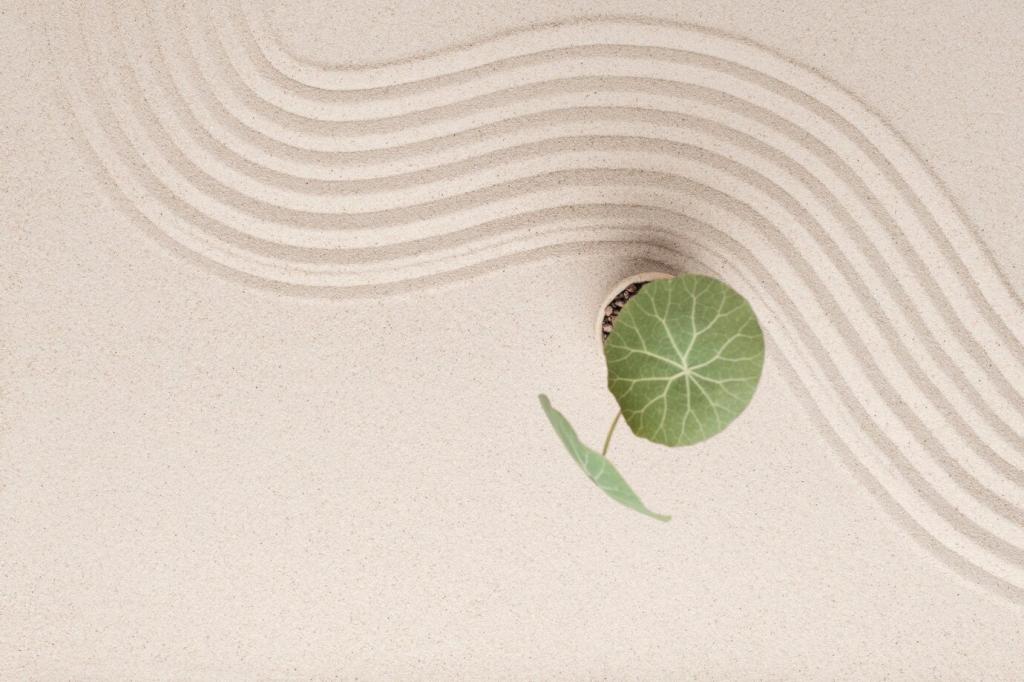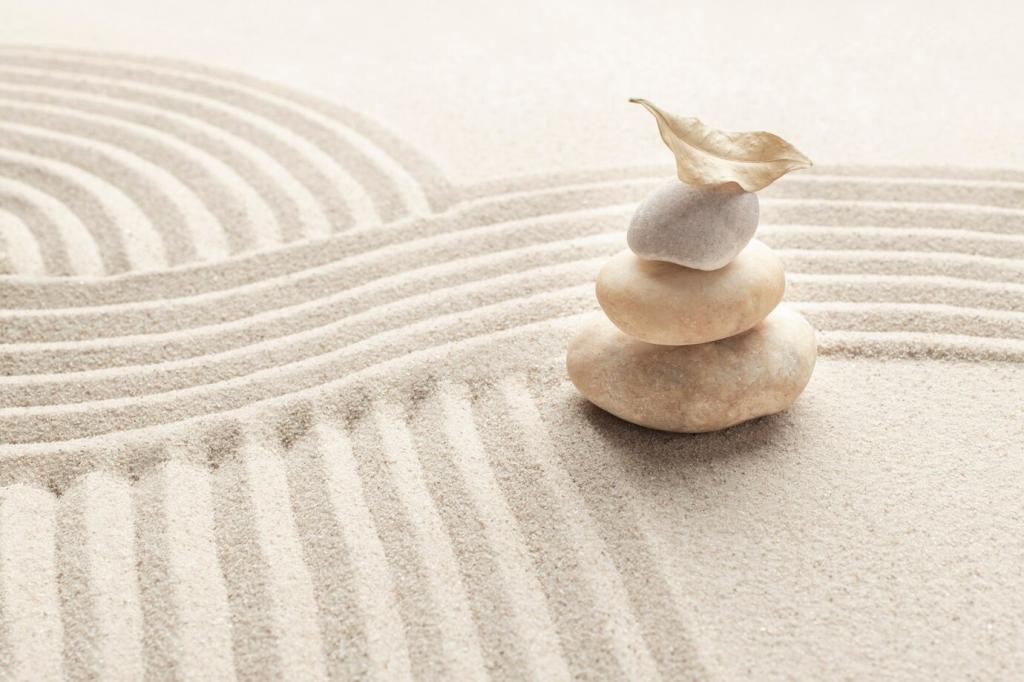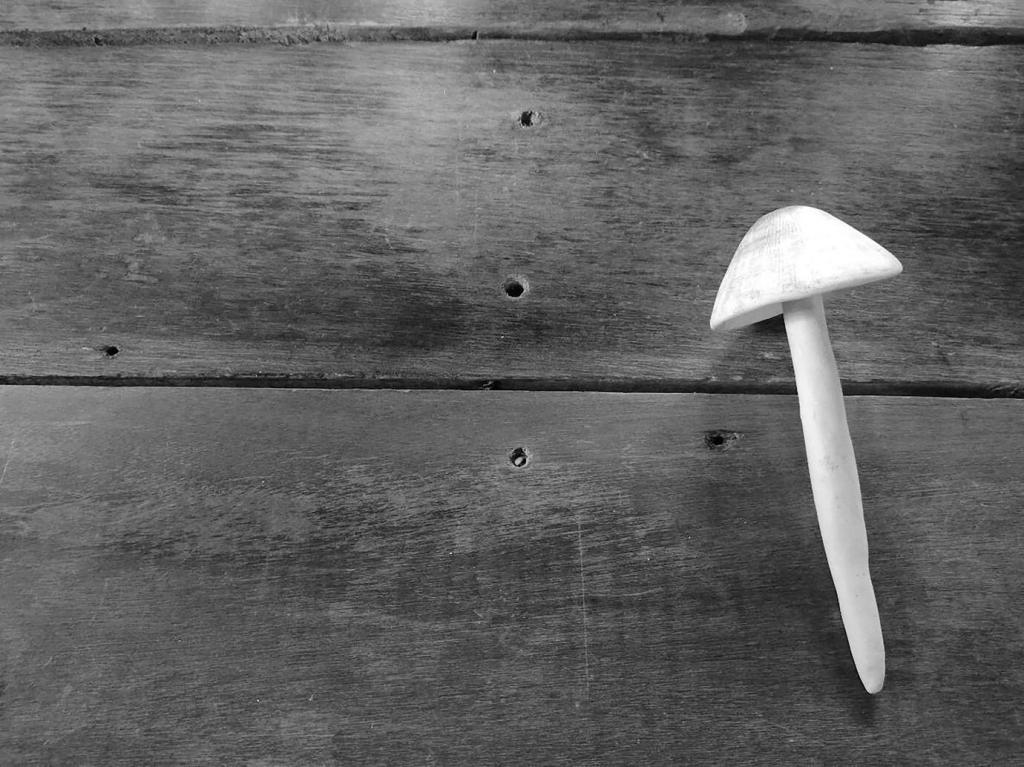Incorporating Nature into Minimalist Spaces
Welcome to our chosen theme: Incorporating Nature into Minimalist Spaces. Explore how calm, pared-back rooms can feel alive, grounded, and human by weaving organic materials, living greenery, light, and air into clean, purposeful design. Join the conversation, subscribe for fresh ideas, and share your nature-forward minimal transformations.

Foundations of Incorporating Nature into Minimalist Spaces
Biophilic design reconnects us to natural patterns—light, texture, rhythm—without visual noise. In minimalist spaces, this means fewer, better natural elements that echo the outdoors: a single branch, linen drapery, and soft daylight. Focus on presence over quantity so each natural gesture truly matters.
Before adding plants or stone, remove what distracts. Clear surfaces reveal materials, light, and views, allowing nature to become the focal point. Store essentials out of sight and let only intentional objects remain. Minimalism amplifies nature by giving it room to breathe and be noticed.
Choose one feeling—grounded, airy, or cozy—and curate natural elements to support it. This encourages coherence and prevents over-collecting. Share your guiding intention with us in the comments, and subscribe for weekly prompts that help you refine your minimalist nature palette over time.

Choosing Honest, Natural Materials
Wood tones and grain that soothe
Select woods with calm, consistent grain—ash, oak, or maple—for flooring, shelving, and furniture. Lighter finishes expand light, while oiled surfaces age gracefully. One or two species across a home reduce visual clutter, making every natural variation feel harmonious rather than busy or chaotic.
Stone that breathes quietly
Matte limestone, honed marble, and slate deliver depth without shine. Use stone where touch matters—coffee tables, counters, sills—so the hand senses nature daily. Keep edges simple, veining subtle, and transitions clean. Let stone’s quiet weight anchor otherwise light, minimal compositions with timeless poise.
Textiles that age beautifully
Choose natural fibers—linen, cotton, wool—over synthetics. They regulate temperature, mute acoustics, and develop character. A single flax-toned throw can soften sharp lines, while wool rugs add grounding traction. Tell us your favorite tactile pairing, and subscribe for seasonal textile guides that keep spaces breathable.
Plants as Living Sculpture
Match plants to light and scale: a rubber tree in bright indirect light, snake plant for low light, trailing pothos for shelves. Let architecture lead placement—corners for height, console tables for delicate silhouettes. Fewer plants, thoughtfully positioned, feel intentional and calm rather than cluttered.
Plants as Living Sculpture
A single sculptural olive tree or Monstera can define a room more powerfully than ten small pots. Choose elegant containers—unglazed ceramic, limewashed clay—aligned with your palette. Leave generous negative space around foliage so each leaf reads as form, not just decoration or visual filler.


Light, Air, and Views as Natural Elements
Edit window dressings: choose sheer, natural-fiber curtains or minimal roller shades to reveal tree lines and sky. Align seating to face a view, however modest—a garden fence, a courtyard vine. Even a small glimpse of green reduces stress and sets the room’s natural rhythm instantly.
Natural storage that calms
Replace visual clutter with lidded seagrass baskets or oak cabinetry. A friend once told me her linen closet finally stayed tidy after switching to two large woven bins—one for towels, one for sheets. Share your simplest storage swap that made a real difference in daily calm.
Dining grounded in nature
A solid oak table, linen runner, and stoneware plates make everyday meals ceremonial without fuss. Candles, a sprig of rosemary, and a single bowl of seasonal fruit finish the look. Post a photo of your minimalist table setting and subscribe for our quarterly simple-hosting checklist.
Art and artifacts from the outdoors
Press leaves between glass, display a river stone on a shelf, or frame a black-and-white landscape. Keep compositions spare—one piece per wall or plane. Every object should earn its place by telling a nature story. What artifact from a walk do you treasure most at home?

Buy less, choose well
Favor durable, repairable, natural materials. A single quality wool rug outlasts multiple synthetic ones, and it feels better underfoot. Track purchases for a month, then remove one planned item. Share your best “buy once” tip, and subscribe for our annual checklist of enduring home essentials.

Local, recycled, and reclaimed
Reclaimed oak shelving tells a story in every knot and notch, reducing waste while adding soul. Look for local stone offcuts for side tables. Even small choices—reusing terracotta pots—matter. Comment with your favorite local source, and we’ll map community-vetted spots in an upcoming guide.

Care, repair, and gentle cleaning
Maintain wood with natural oils, refresh linens with sun and air, and clean stone using pH-appropriate soaps. Gentle care reveals patina rather than wear. Build a seasonal maintenance calendar and share your routine; we’ll compile reader habits into a minimalist nature care playbook.
Vertical gardens and ledges
Use a single, narrow rail or floating ledge for trailing greenery, keeping floors free. Choose uniform clay pots to reduce visual noise. A slim trellis can guide a vine upward, turning an empty wall into living art. Share your vertical solution and follow for space-savvy plant layouts.
Windowsill micro-landscapes
Compose tiny scenes: a herb trio, a stone, and a glass of water catching light. Keep heights staggered for balance. Rotate seasonally—thyme in spring, lavender in summer. Post your favorite windowsill composition, and subscribe for monthly micro-landscape prompts you can create in fifteen minutes.
Nightstand nature ritual
Keep a single bud vase, a linen coaster, and a beeswax candle beside the bed. This small ritual resets the evening, adding scent, softness, and glow. Avoid stacks of books and gadgets. Tell us your bedtime nature ritual, and we’ll feature favorites in a future minimalist roundup.
